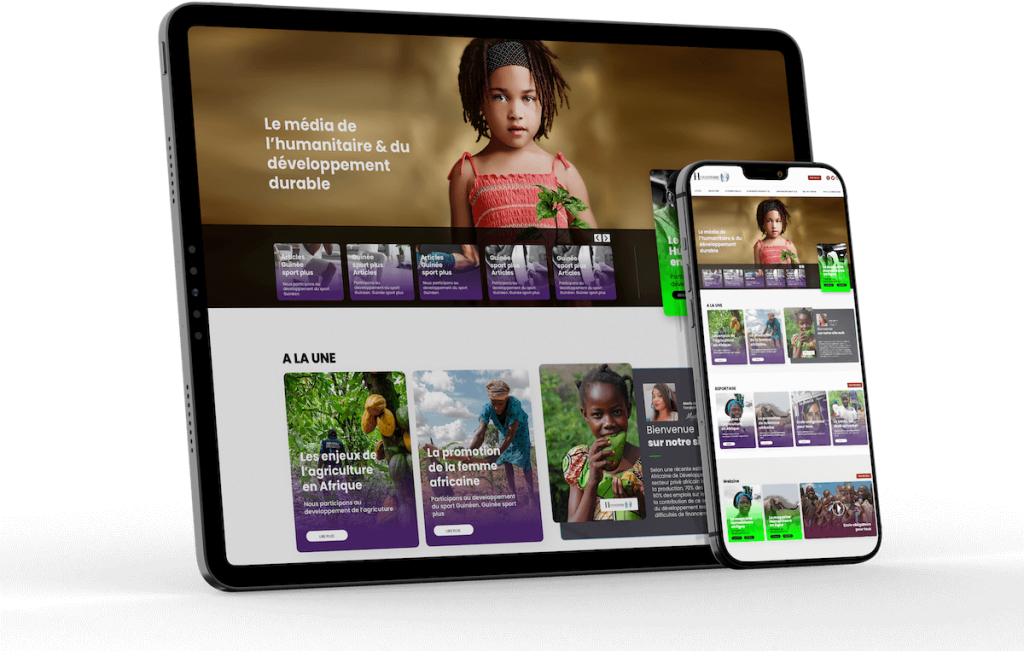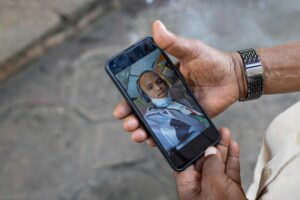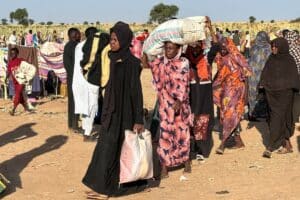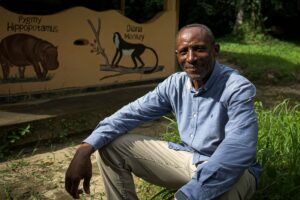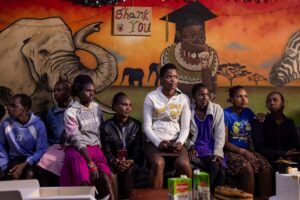RDC- NORTH KIVU
Thursday may 30, 2024
Almost a century old, Virunga National Park has faced a number of challenges over the decades, but has managed to survive for the time being. Many species of flora and fauna are still preserved there. Created on April 21, 1925, this park shared by the DRC, Rwanda and Uganda is the oldest in Africa. Originally established to protect mountain gorillas, it has since become a sanctuary for threatened and endangered species, as well as for local biodiversity.
For years, the war that has raged around this 7,800-square-kilometre park has shaken the life out of its flora and fauna. The use of unconventional weapons by certain belligerents not only destroys, at worst, but also disrupts life in this nature reserve. Poaching and the theft of certain species, generally for economic purposes or by local populations for food, also threaten the lives of animals in particular.
Despite this strong pressure and recurring threats, “no species in the park has disappeared”, according to the Institut National pour la Conservation de la Nature (ICCN). This is also the assurance given by Bienvenue BWENDE, communications officer for Virunga National Park.
According to the ICCN tourism office, the remote control system using camera traps enables surveillance teams to take an inventory of the various species. These cameras help to identify and monitor the presence of animals, birds and many other wildlife species, as well as human intrusions into the park…. For rare species such as gorillas, every morning and evening park rangers keep a close eye on their movements and state of health. When a gorilla crosses the border, the eco-guards of the neighboring country continue the surveillance, thanks to the Programme Internationale du Grand Virunga (PIGC), a mountain gorilla monitoring program involving the 3 countries of the DRC, Rwanda and Uganda, according to Vianney HARAKANDI of the ICCN tourism office.
“It’s not because we don’t see them often that we can say these species have disappeared. It’s like the aardvark: in 34 years, it’s only appeared once. But thanks to the ecoguard patrols, we can see its signs and know that it’s still present in the park. It’s the same with the Okapi: some people deny their presence. But thanks to camera traps, the Okapi has been caught on film in Virungas Park… As for the number of mountain gorillas, you know that it’s not easy to count them all, especially if they live in rebel-controlled areas”, he said.
Threatening to survive
The war, which has caused massive displacement of people fleeing the fighting in the Masisi, Rutshuru and Nyiragongo territories in North Kivu province, has led to the creation of displaced persons camps around the city of Goma (the provincial capital). It’s therefore only natural that, in order to survive, these populations, unable to find any wood near their camps, sometimes enter the park to cut firewood or pick fruit to feed themselves.
This is an extremely difficult situation for all concerned, given that the population of the camps is steadily increasing as a result of the crisis that has worsened recently, prompting thousands of displaced people to take advantage of the nearby forests to ensure their survival. Displaced families don’t always have the means to buy improved cooking stoves.
“What brings the displaced to the park is the search for wood and vegetables. You know, the situation is not very good in their camps. They come to the park because a large part of the arable land was ravaged by the volcano in 2021. However, they face danger by going deep into the forest, especially young girls; there have been several cases of rape.
For our part, we show them the consequences of this deforestation on the environment, with the current problem of global warming,” explains Bosenibamwe MUZUNGU, a human rights defender in Nyiragongo territory.
The fact that women and girls are often violently attacked, sexually assaulted and raped when they go to fetch wood in the park, has not put a stop to these incursions because their daily survival is at stake.
An investigation by Meschac Tsongo for Humaniterre
Photo credit: Virunga Alliance
